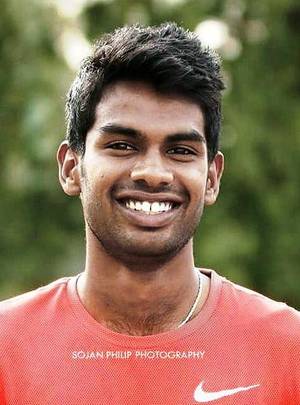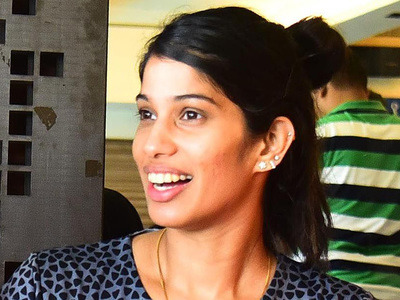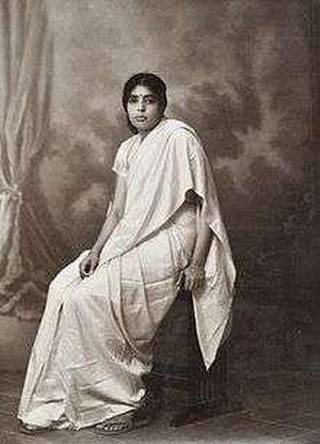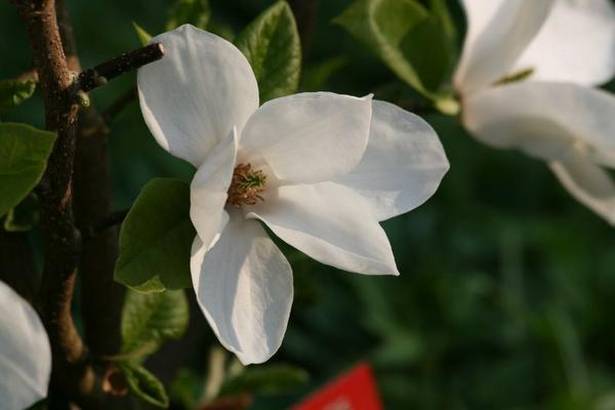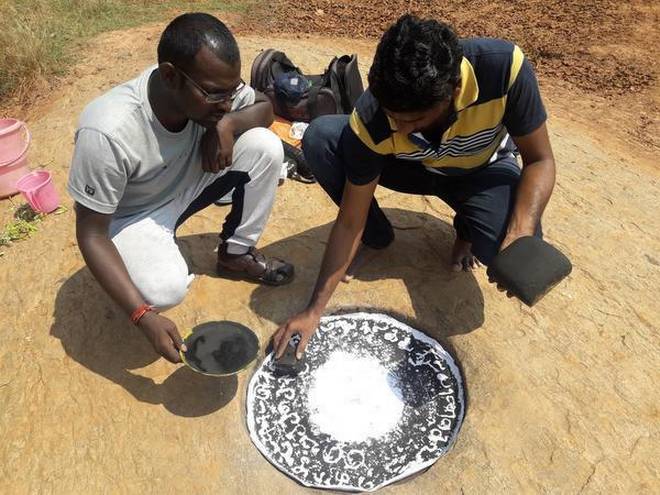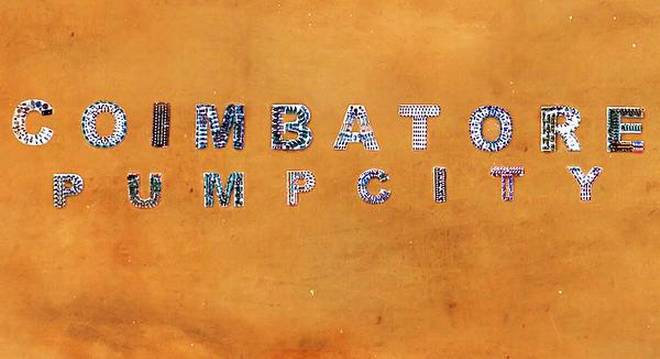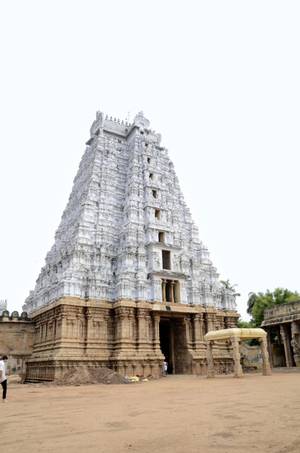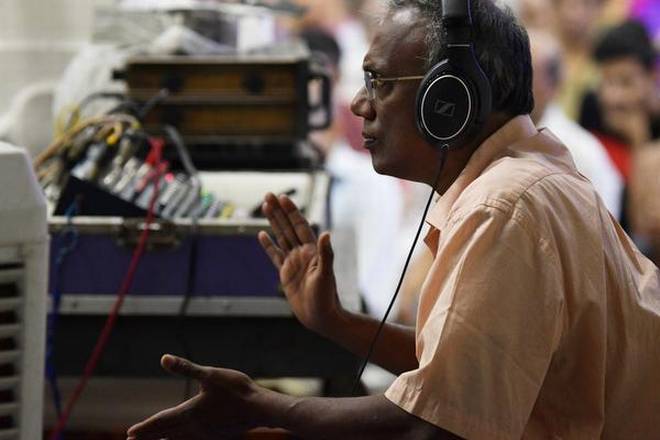
Even in this day and age, when any music is available at the click of a button, their passion propels them to keep adding hours of music to their personal stockpile.
They seek out the old and forgotten and curate them back to life. They hoard them, in thousands of hours, they revel in their possession — even if they can no longer ‘touch and feel’ it. They are the collectors of Carnatic music.
Even in this day and age, when any music is available at the click of a button, their passion propels them to keep adding hours of music to their personal stockpile.
There are many, like K.G. Sivaramakrishnan, a retired physics teacher and a die-hard Madurai Mani buff, who has about 700 hours of music in his possession. There are people, like Rajappane Raju, an oil industry professional and an avid photographer, who has built a collection of Sanjay Subramanian’s music by picking up every bit of his music put on sale. But people like Sivaramakrishnan and Raju are really small-timers in the collection game.
The big collectors are those who have tens of thousands of hours of music, and counting — result of decades of meticulous mopping-up of private pools of music, often lying in the cellar gathering dust.
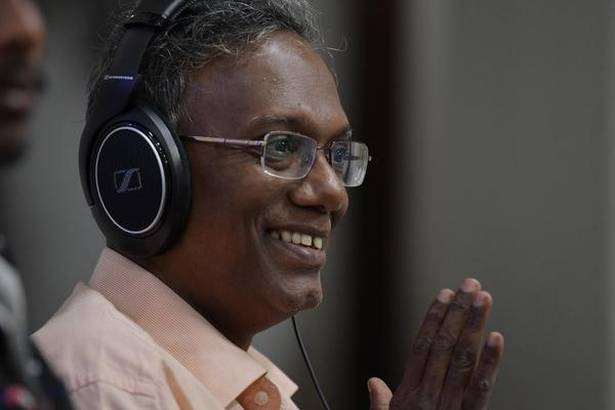
S.L. ‘Yessel’ Narasimhan of Triplicane, Chennai, claims to own the “biggest collection of Carnatic music in the world” in his computer — about 60,000 hours of music. R. Sridhar, executive vice-chairman of IndoStar Capital Finance and a former managing director of Shriram Transport Finance, owned about 25,000 hours of music. R.T. Chari, a septuagenarian, who runs the TAG Corporation, is another major collector who merged his 10,000-hour collection with another huge trove of the Music Academy, the premier music and dance chamber in Chennai.
Yessel would track down a person who has old music — cassettes, spools, gramophone records, or even iwire — and talk him into gifting the huge collection. He never stops until he succeeds in his mission. He has no compunctions about having sometimes copied the music clandestinely, without the knowledge of the owner, for after all, there is no commercial angle here.
“Those who possess recordings generally are willing to share, but they fear the cassette or spool may not be returned and are loathe to part with it even for a few hours of recording,” says Chari. “Many people had old music recordings in the form of spools, but would say, ‘you bring the machine to my house and copy it here’, and that is what I did.” Sometimes, people died leaving a pile of music and their family, not being particularly interested in classical music, would happily hand them over to a collector like Chari or Sridhar.
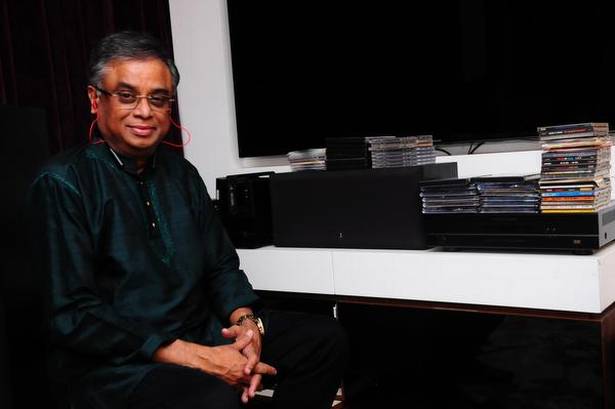
Sridhar recalls a happy moment in 2003 when he made a big acquisition — about 2,500 concerts. An acquaintance of his, called Krishnamurthy, told him he had some music recordings and invited him home to see his huge collection — filling up the shelves. Just when Sridhar thought he had seen it all, Krishnamurthy pulled a big drawer from under the cot filled with cassettes. Krishnamurthy himself had built up the collection, copying private recordings of concerts from spools and gramophone plates.
When Krishnamurthy expressed his concern about safe-keeping of his stockpile, Sridhar offered to digitise the entire hoard. The cache changed hands. Meanwhile, Y. Prabhu, son of R. Yagnaraman, who was the secretary of Sri Krishna Gana Sabha, also donated recordings of around 1,000 concerts from the sabha archives to Sridhar, for remastering it digitally.
Chari’s story is similar, except that he began collecting earlier than Yessel or Sridhar.
Why do these people collect music? After all, there is only so much music a person can listen to in a lifetime! The answer is: to preserve for posterity.
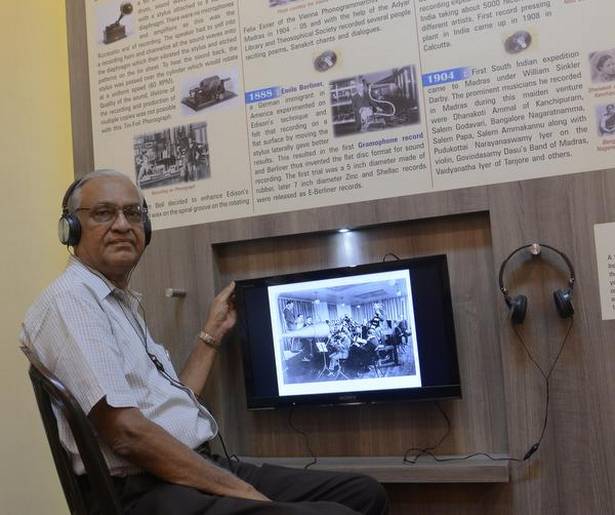
Chari, who is the vice-president of the Music Academy, after donating his collection to the Academy, sets himself upon the task of digitising the whole lot. The Academy, in May 2008, made available a room and four full-time assistants. Chari, spending ₹ 30 lakh, has converted about 12,000 hours of music and “another 25,000 hours waiting to be converted.” Meanwhile, Mathew Chacko of the Precision Group of Companies developed a software for the Academy, gratis. The result of the effort can be seen in the archives of the Academy — it has ten terminals, with individual headsets, where any person can come and access music and dance according to the year, artiste or raga-wise. A researcher can compare the same artiste’s music over the years, or a raga sung by different people over decades and analyse the evolution of music.
Like Chari, Sridhar also donated his collection to the Yagnaraman Memorial Trust that he founded, in memory of the late secretary of Krishna Gana Sabha.
Yessel, who prefers to call himself an ‘archivist’ rather than a collector, says his 60,000 hours of music, available in hard disk, is a database for any researcher. He has put a lot of his music for public access at sangeethapriya.org.
__________________
But how many access it? Unfortunately, not many.
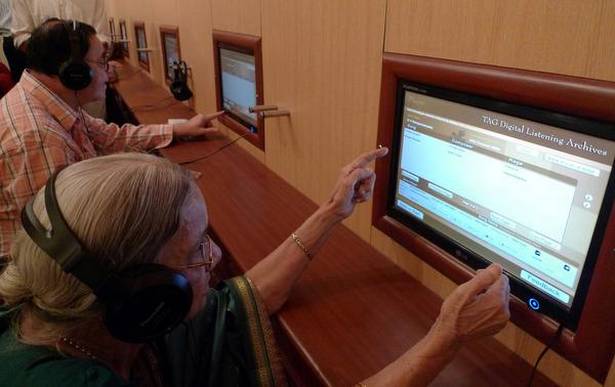
For instance, the Music Academy archives gets not more than three visitors a day, says Chari. And the visitors are either students or junior artistes, who want to pick up tips from the masters or researchers. Rare is a visitor who wants to listen to the music for the pleasure of it.
“You have to make music available to people on their mobile phones,” says Sridhar, who, in collaboration with Yessel, attempted, in vain, to get people come to his ‘listening sessions.’ Now the two are jointly developing an app for that purpose.
That is the irony of Carnatic music today. While the supply has increased exponentially, both with new artistes coming onboard and collections in Cloud, the constituency of listeners has not gone up.
“Nothing can be done,” says Chari, nonchalantly, “Carnatic music is a complex system to understand.”
source: http://www.thehindu.com / The Hindu / Home> Entertainment> Music / by M. Ramesh / February 01st, 2018
